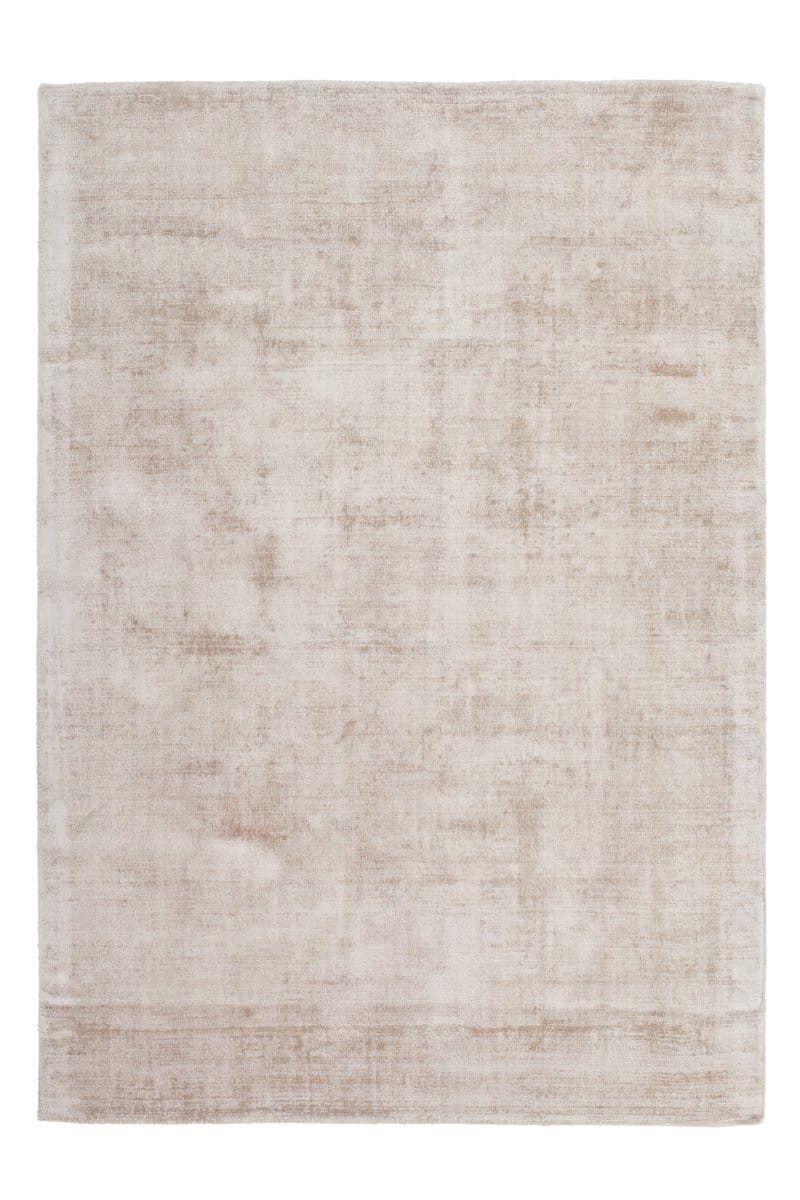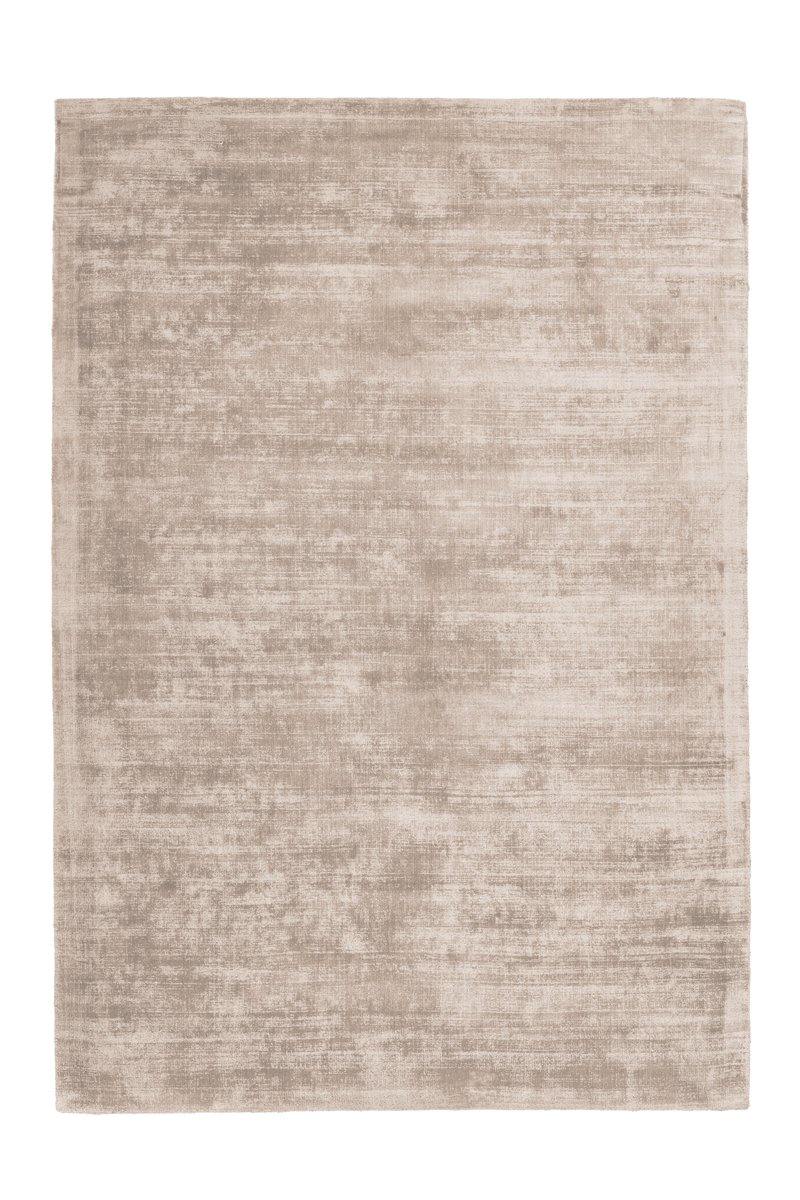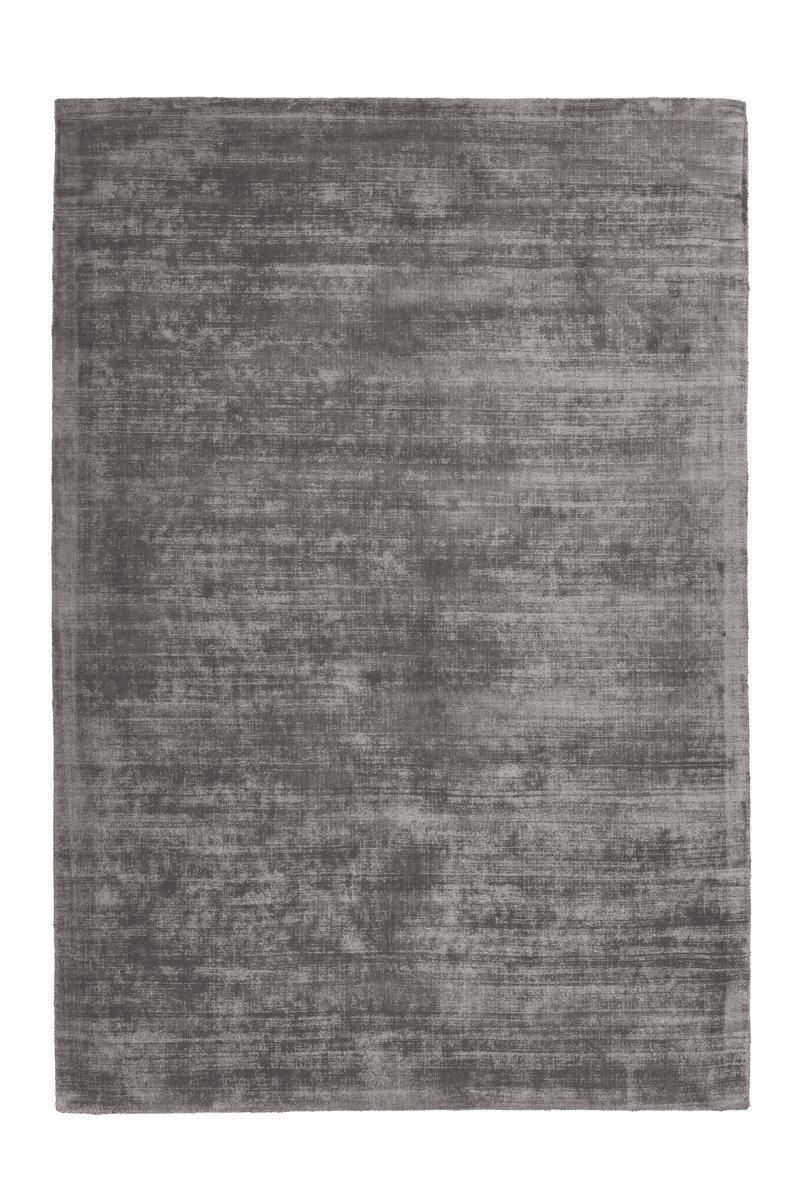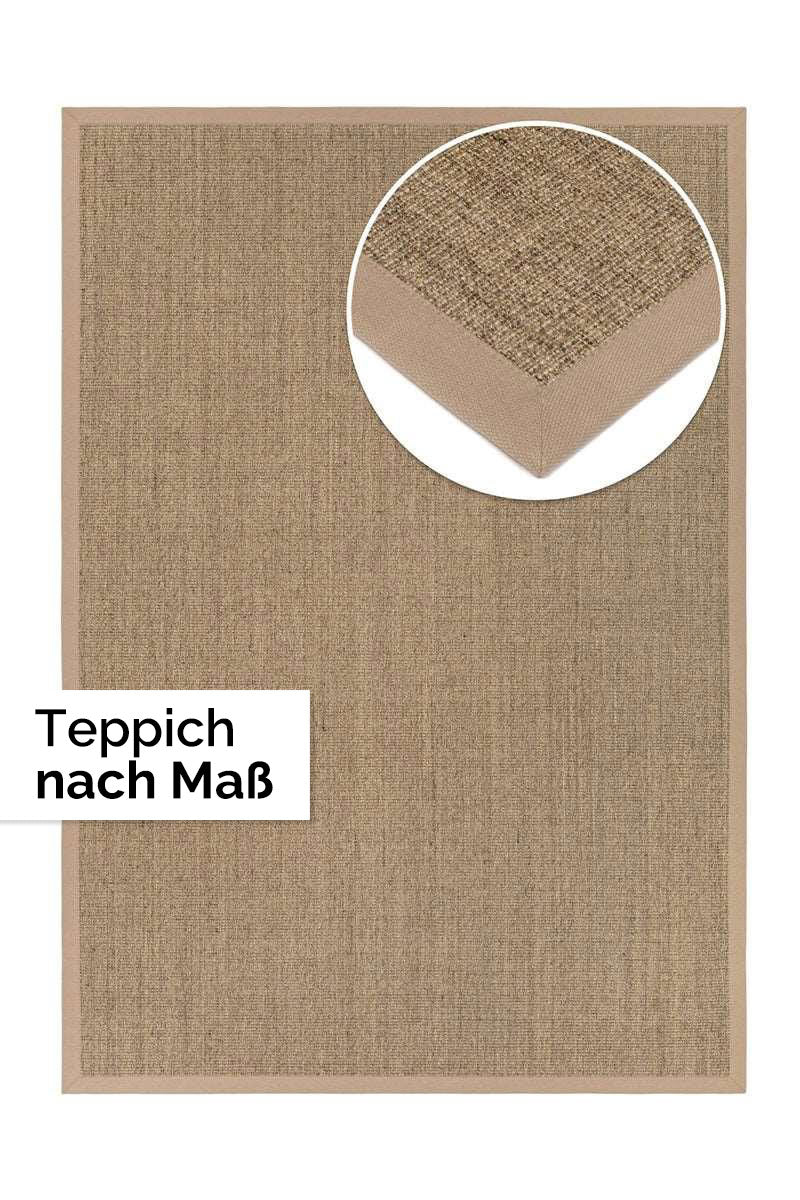How does underfloor heating work?
Underfloor heating heats the room from below by laying it under the floor covering. This creates a pleasant and even heat. Compared to heating on the wall, the heat output is more efficient and energy-saving, since the heat flows from bottom to top and can be distributed well in the room.
Important requirements
In order for underfloor heating to function properly, two conditions must be met. On the one hand, the floor covering must have good thermal conductivity. On the other hand, it must not insulate the heat. Otherwise there is a risk that the heat will not be distributed throughout your premises and the floor will only be lukewarm.
These carpet criteria are crucial
The right floor covering
In principle, all floor coverings are suitable for underfloor heating. However, there are differences in thermal conductivity. Tiles, parquet and vinyl floors, for example, are particularly well suited and are often used with underfloor heating.
The correct pile height of the carpet
An important role is played by the height and density of the carpet. The higher and denser the pile, the poorer the heat conduction. Here you should make sure that the carpet is not too thick and that the heat dissipation is not affected.
The right stuff
The material of the carpet also plays a crucial role. Carpets made from natural materials such as wool, jute and sisal are particularly suitable as they have good thermal conductivity. Synthetic materials such as polyester or nylon, on the other hand, insulate heat and are therefore less suitable.
These carpets are best suited for your underfloor heating
Short-pile carpets are particularly suitable because they have a low pile height and density. Shaggy carpets can also be used, but should have a low pile height. Sisal carpets, wool carpets and jute carpets are highly recommended due to their natural materials and good thermal conductivity. Viscose carpets are also an option, but you should pay attention to a low pile height.
Shortly
If you have decided on underfloor heating, you should pay attention to the criteria of thermal conductivity, pile height and density as well as the material when choosing the carpet. Short pile carpets, sisal carpets, wool carpets, jute carpets and viscose carpets are particularly suitable.
So there is a large selection of carpets that you can safely use on your underfloor heating. However, remember that when choosing a carpet, you should always pay attention to the manufacturer's instructions to ensure that the carpet is suitable for underfloor heating.





